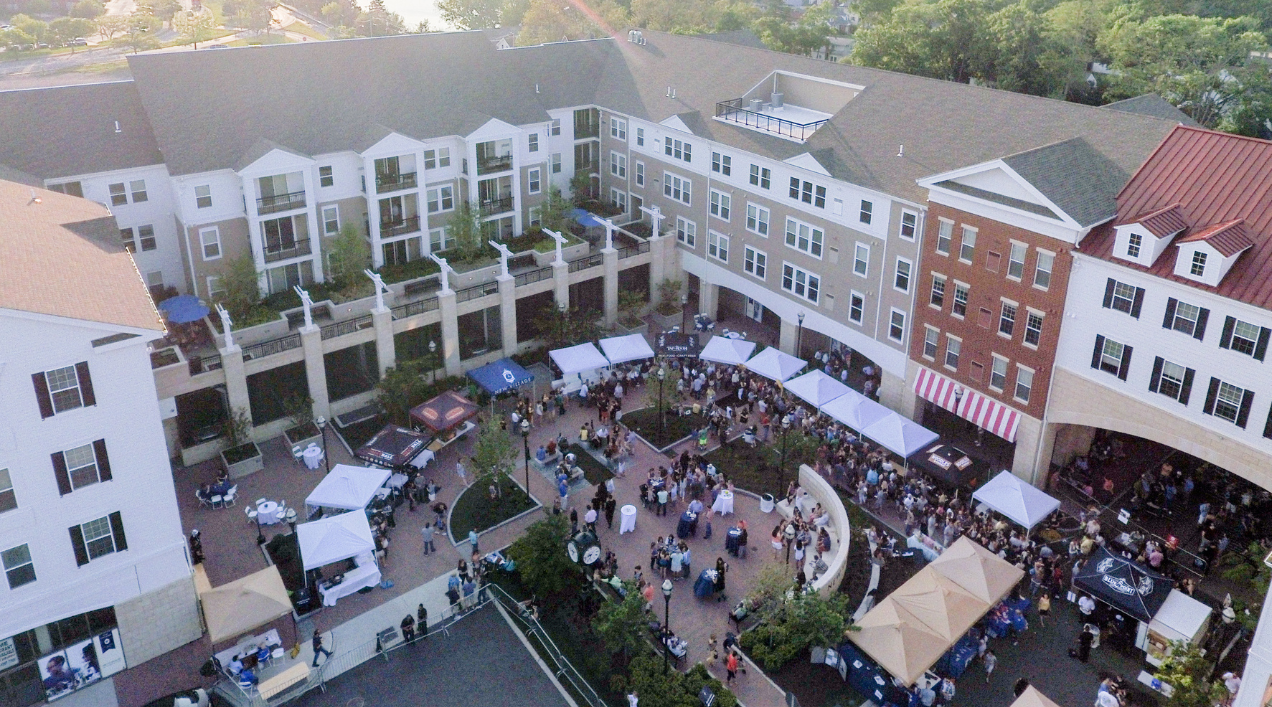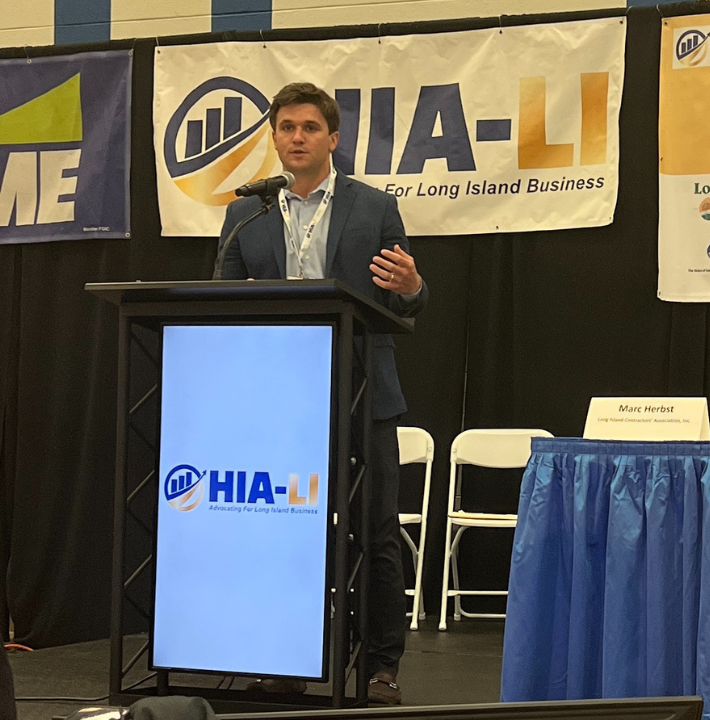Walkability refers to the ease and safety with which people can walk to and from destinations in their communities, such as shops, restaurants, parks, and public transportation. More and more towns and cities around the world are prioritizing walkability when considering where to plant roots. In fact, according to a study by the National Association of Realtors, 60 percent of Americans would choose a walkable community over one that requires driving.
In addition, a high walk score can increase property values in an area. The University of Pennsylvania found that homes in walkable neighborhoods are more likely to appreciate in value over time. As walkable communities are in high demand, the homes in these neighborhoods sell for an average of 23.5%, or $77,668 more than comparable car-dependent properties, according to a recent study by Redfin.
One of the main reasons why walkability has become so popular is that it offers benefits to both residents and businesses.
For residents, walkable communities provide the opportunity to lead healthier lifestyles, as they can easily walk or bike to nearby destinations rather than driving. In addition, limiting the need for car trips also reduces traffic congestion, lowers pollution levels, and increases community engagement. Studies have shown that people who live in walkable neighborhoods are more likely to be physically active and have lower rates of obesity, heart disease, and diabetes. A well-designed community that is easy to navigate on foot can create a sense of pride and belonging among residents. This community spirit can lead to higher property values as people are more willing to invest in their homes and businesses when they feel connected to the place where they live.
Locating a business in a walkable neighborhood can provide an incredible advantage. When people can easily walk to shops, restaurants, and other establishments, it can increase foot traffic, higher sales, and a greater sense of community. Additionally, businesses in walkable areas often benefit from lower operating costs, as they may not need as much parking or advertising to attract customers. In a recent report by The Center for Real Estate and Urban Analysis, it was identified that walkable neighborhoods account for higher shares of the tax revenues generated to support the local-serving land mass.
Executive Vice President, Partner, Kelley Coughlan Heck describes, “As a local developer with a focus on creating vibrant and sustainable communities, we have long recognized the value of walkability.” Kelley further explains, “By improving walkability and creating pedestrian-friendly neighborhoods, we are not only improving the value of the land, but the value for our residents by promoting a healthier lifestyle with easier access to jobs and local amenities.”

